Blog Posts
Share information about your brand with your customers. Describe a product, make announcements, or welcome customers to your store.
talkingfashion
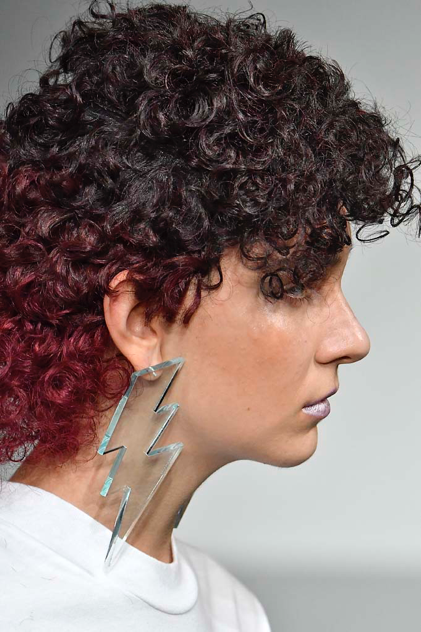
London Fashion Week SS'19 Accessories Trend Spo...
London Fashion Week SS'19 Accessories Trend Spotlight By Paige McKirahan Welcome back to the Talkingfashion blog, fashion week lovers! Today, we have decided to take a look at the...
London Fashion Week SS'19 Accessories Trend Spo...
London Fashion Week SS'19 Accessories Trend Spotlight By Paige McKirahan Welcome back to the Talkingfashion blog, fashion week lovers! Today, we have decided to take a look at the...
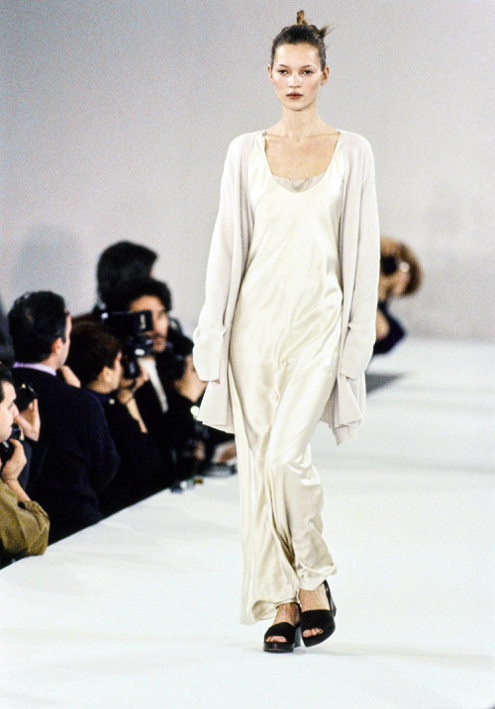
The 1990s: The Battle of Street Style and Minim...
The 1990s: The Battle of Street Style and Minimalism By Paige McKirahan Taking the crown as one of my favorite decades, the 1990s signified a transition from ‘80s garish...
The 1990s: The Battle of Street Style and Minim...
The 1990s: The Battle of Street Style and Minimalism By Paige McKirahan Taking the crown as one of my favorite decades, the 1990s signified a transition from ‘80s garish...
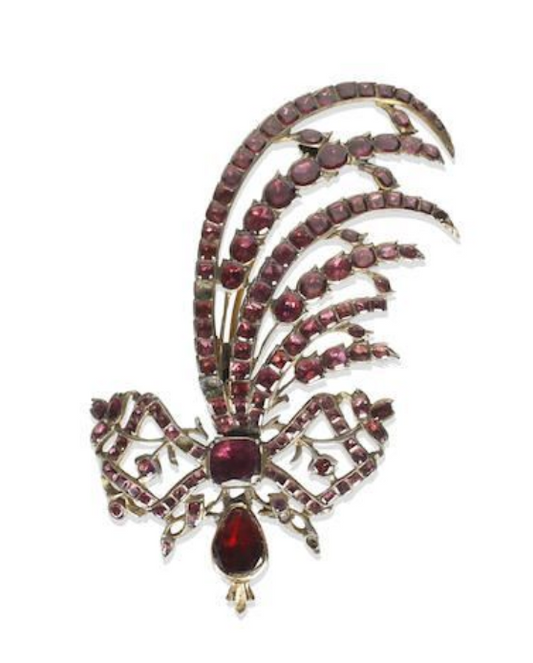
Fashion Flashback: Brooches & Pins
Fashion Flashback: Brooches & Pins by Morgan Watkins What do you think of when you see a brooch? Your grandma getting dressed up for her Sunday morning church service? Queen...
Fashion Flashback: Brooches & Pins
Fashion Flashback: Brooches & Pins by Morgan Watkins What do you think of when you see a brooch? Your grandma getting dressed up for her Sunday morning church service? Queen...
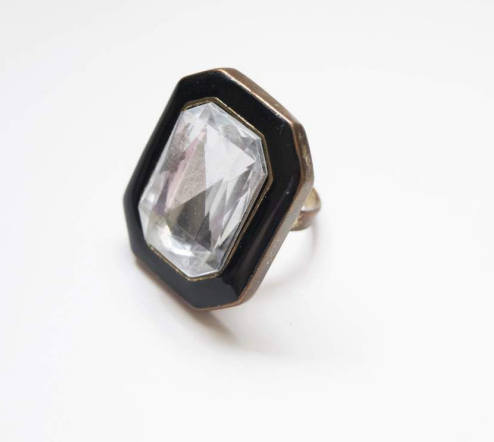
Fashion Flashback: Rings
Fashion Flashback: Rings by Morgan Watkins Known as a symbol of love, rings are absolutely essential for any accessory lover’s arsenal. They’ve been around for thousands of years, featuring...
Fashion Flashback: Rings
Fashion Flashback: Rings by Morgan Watkins Known as a symbol of love, rings are absolutely essential for any accessory lover’s arsenal. They’ve been around for thousands of years, featuring...
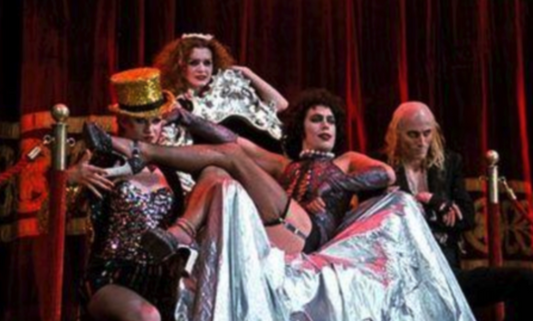
The Rebellious Revolution of 1970s Trends
The Rebellious Revolution of 1970s Trends by Paige McKirahan Building off of the revolution that began in the late’ 60s, the 1970s transformed the fashion industry in a way that...
The Rebellious Revolution of 1970s Trends
The Rebellious Revolution of 1970s Trends by Paige McKirahan Building off of the revolution that began in the late’ 60s, the 1970s transformed the fashion industry in a way that...
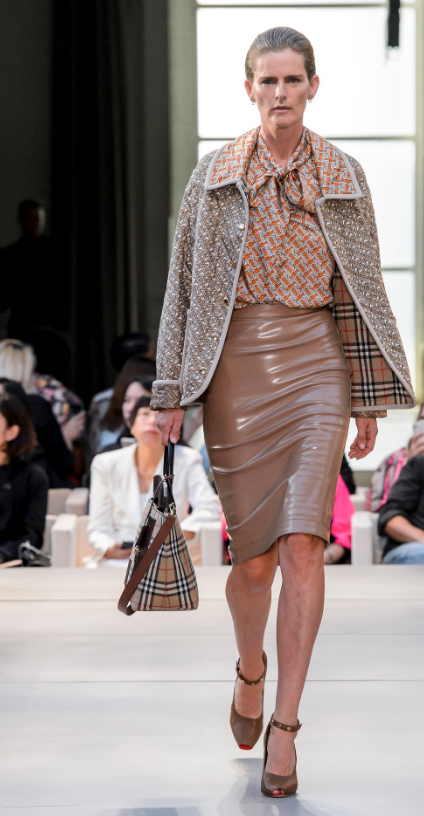
Wild on the Runway with Animal Print by Morgan ...
Wild on the Runway with Animal Printby Morgan Watkins Roaring down the runways of both New York and London Fashion Week, animal print is the trend designers and fashion connaisseurs are...
Wild on the Runway with Animal Print by Morgan ...
Wild on the Runway with Animal Printby Morgan Watkins Roaring down the runways of both New York and London Fashion Week, animal print is the trend designers and fashion connaisseurs are...
